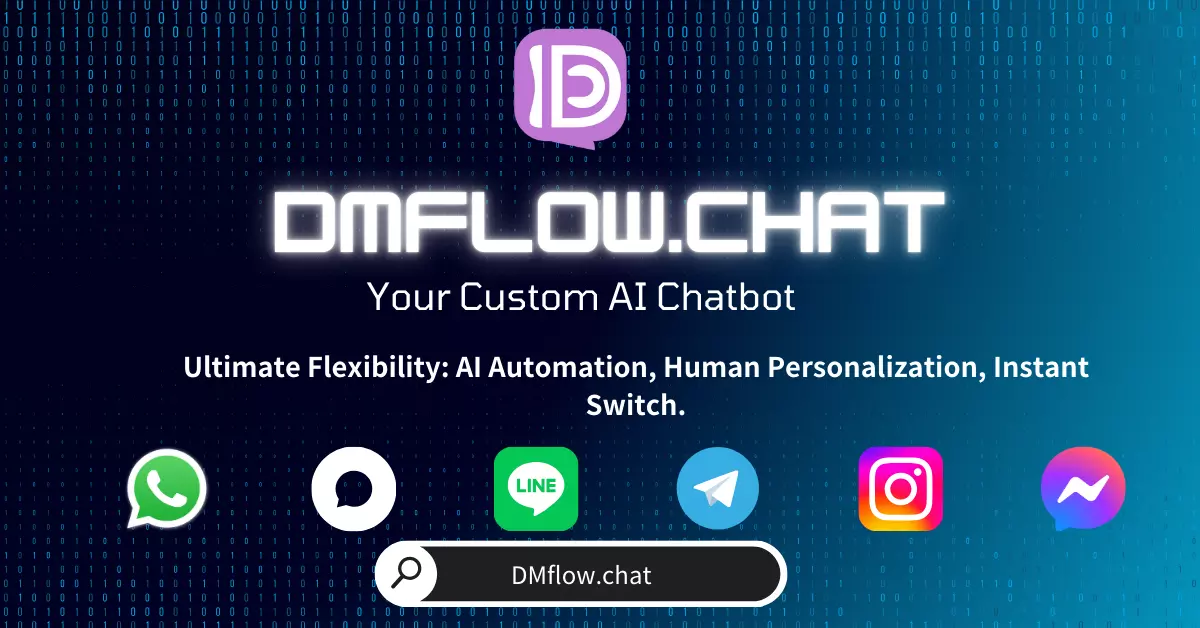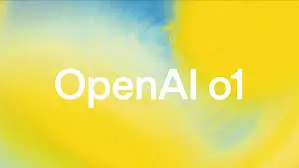OpenAI to Release an Open-Source Reasoning Model: A Game-Changer in AI
OpenAI is set to release a new open-source model with reasoning capabilities, marking the company’s first major open-source model since GPT-2. This announcement has captured the attention of developers worldwide, particularly due to the model’s reasoning abilities and the potential for community-driven modifications. This article explores the significance of this innovation and how developers can get involved in this exciting project.
Welcoming a New Era of Language Models
Since the release of GPT-2, OpenAI has been pushing the boundaries of language models. This time, their goal is to introduce a model that not only excels in reasoning but is also fully open-source, allowing developers worldwide to modify and customize it. This means we’re about to see a more powerful and flexible AI tool, with endless possibilities for innovation.
A Breakthrough in Reasoning Capabilities
Unlike previous GPT models, the reasoning capabilities of this new model will be one of its defining features. Rather than simply recognizing patterns from vast amounts of data, this model is expected to generate more logical and structured inferences when solving complex problems. This advancement could expand AI’s role in industries that require high-level decision-making and analytical reasoning.
The Return to Open-Source Development
Since GPT-2, OpenAI has refrained from releasing open-source models—until now. This time, they are embracing open-source once again, inviting developers to participate before the official release. Developers will not only be able to modify the model but also contribute feedback to refine its capabilities. This initiative provides a platform where developers can tailor the model to their needs, enhancing its performance and real-world applications.
Developer Engagement & Global Collaboration
OpenAI’s decision to release this model is closely tied to developer engagement. To gather valuable feedback, the company is hosting developer events in San Francisco, Europe, and the Asia-Pacific region. Those who attend will have the opportunity to interact with early prototypes and provide direct input.
This launch is more than just a product release—it’s a global collaboration. Developer feedback will directly impact the final version of the model, and OpenAI is eager to see the innovative applications that emerge from the community.
Open Discussions with Developers
OpenAI plans to work closely with developers to explore how this model can be used to its fullest potential. Discussions will focus on improving the model, optimizing its performance, and addressing key concerns, such as local deployment and hardware compatibility. These conversations will play a crucial role in shaping the model’s final design.
The Evolution of OpenAI Since GPT-2
Two months ago, OpenAI CEO Sam Altman conducted a poll on social media, asking the community whether they preferred an open-source model that was small but required GPUs or the best possible model that could run on a phone. The poll results showed that over 53% of respondents supported an O3-mini-level model. Based on this, it is highly likely that the upcoming release will align with the community’s preference.
This decision-making process highlights OpenAI’s commitment to listening to its user base. By considering developer input, OpenAI can ensure that the model aligns with real-world needs while fostering a more interactive AI ecosystem.
OpenAI’s approach emphasizes the growing role of community participation in AI development. Developers are no longer just end-users; they are active contributors shaping the future of AI. Their feedback, ideas, and creative applications directly influence the final model, fostering a more dynamic and user-driven technological landscape.
Looking Ahead: The Potential of Open-Source AI
This new reasoning-powered open-source model could mark the beginning of a new chapter for AI. By releasing it to the public, OpenAI is empowering developers worldwide to push the boundaries of what AI can achieve. With continuous improvements and contributions from the global developer community, the model has the potential to drive unprecedented innovation.
The Future of Innovation and Collaboration
Ultimately, OpenAI’s decision to open-source this model is not just a technological milestone—it’s a model for global collaboration. By embracing open-source principles and fostering a feedback-driven approach, OpenAI is paving the way for a more transparent, accessible, and innovative AI future.
Conclusion:
The release of OpenAI’s new model will undoubtedly be a turning point in AI development. Whether you’re a developer, business owner, or tech enthusiast, this is a moment worth paying attention to. Join OpenAI’s developer community and be part of shaping the future of AI!




